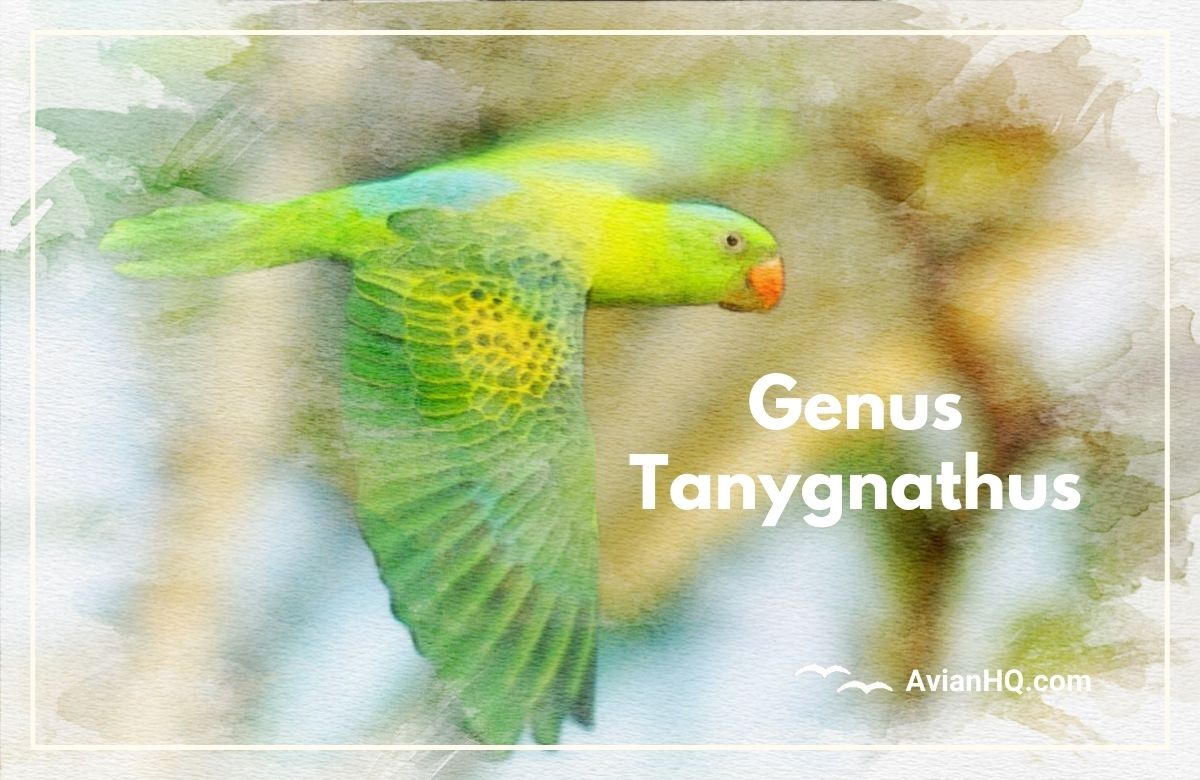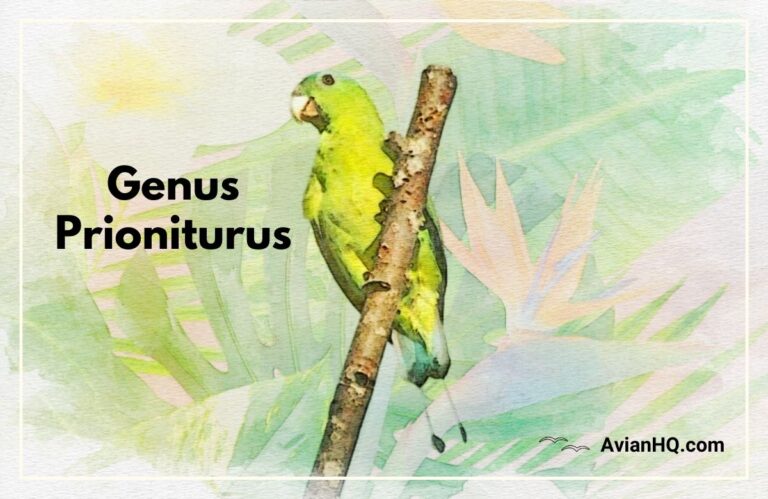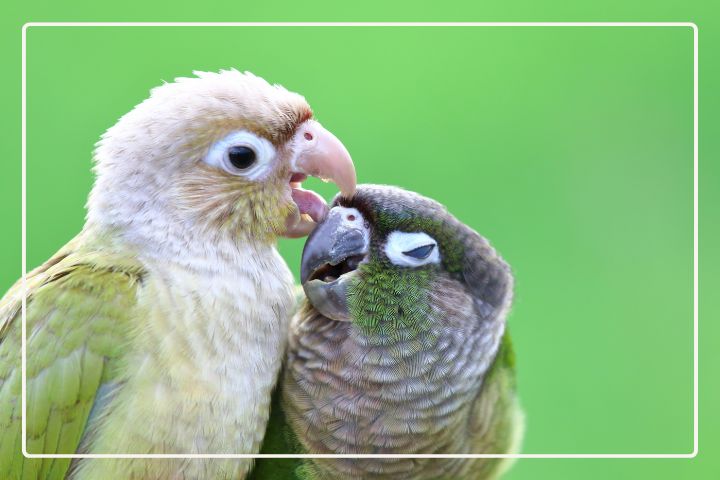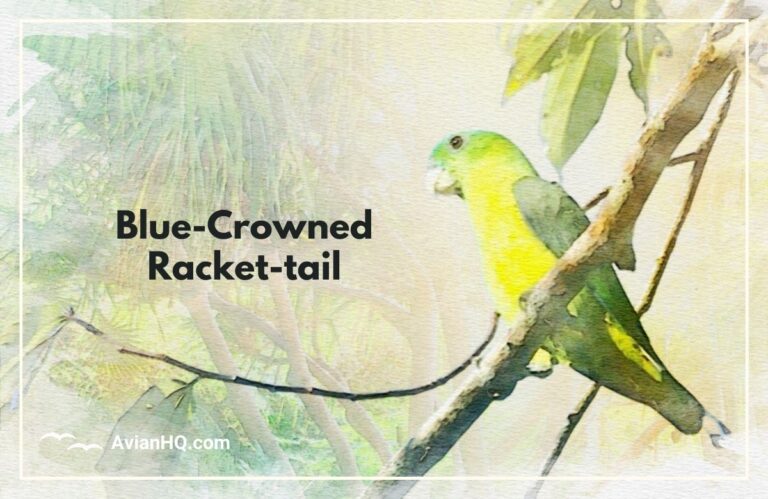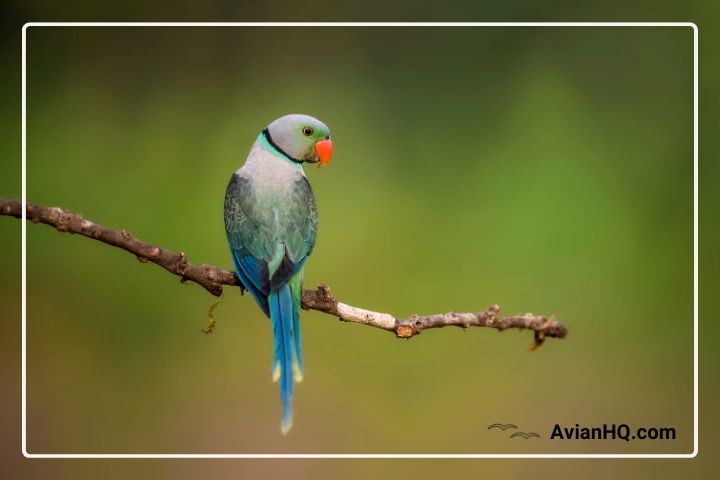Genus: Tanygnathus
As an avid birdwatcher and lover of exotic, tropical birds, you may be familiar with the colorful parrots that inhabit the islands of southeast Asia and Indonesia. But did you know there’s an entire genus of parrots native to this region that displays incredible diversity in size, color, behavior, and more? In this guide, we’ll take a deep dive into the genus Tanygnathus – a group of four rare and remarkable parrot species.
First, a quick overview of the genus. Tanygnathus parrots fall within the family Psittaculidae in the order Psittaciformes. Their geographic range spans scattered islands in Indonesia, Malaysia, and the Philippines. The four species we’ll spotlight all share some common traits – green plumage, curved bills adapted for cracking hard nuts and seeds, strong flight abilities, and high intelligence. But as we explore each one you’ll notice unique differences setting them apart.
Ready to have your mind blown by nature’s innovation on the Tanygnathus branch of the parrot evolutionary tree? We’ll be covering:
- The giant of the bunch – the Great-billed Parrot
- The blue-capped charmer – the Blue-naped Parrot
- The Indonesian islander – the Blue-backed Parrot
- The black-masked marvel – the Black-lored Parrot
Let’s fly into our first species spotlight!
Anatomy and Appearance
The parrots of genus Tanygnathus share some common physical traits but also exhibit distinctive features between the four species.
In general, these are medium to large sized parrots, ranging from about 30-40 cm (12-16 inches) in total length. Their plumage is predominantly green, with some variation in back color and facials markings. All Tanygnathus parrots have strong curved bills adapted for cracking into hard nuts and seeds, which make up the bulk of their diet.
Male and female parrots look similar, though males may have brighter facial hues while females are often slightly smaller in stature. Juvenile birds resemble adults but with less vibrant colors.
Now let’s take a closer look at the distinguishing anatomy of each species:
- Great-billed Parrot – The largest of the genus at 40-43 cm (16-17 inches), aptly named for its massive black curved bill. Overall bright green plumage.
- Blue-naped Parrot – Medium size around 33 cm (13 inches). Green with distinctive blue patch on nape. Smaller curved bill.
- Blue-backed Parrot – Medium size around 30 cm (12 inches). Green with blue back and rump. Medium curved bill.
- Black-lored Parrot – Smallest around 28 cm (11 inches). Green with black lores around eyes. Short curved bill.
The specialized bills and specialized color patterns help these birds thrive in their island habitats, as we’ll explore next.
Species Spotlights
Now let’s spotlight our four Tanygnathus parrots in more detail:
Great-billed Parrot
The Great-billed Parrot (Tanygnathus megalorynchos) is the largest and most threatened of the genus. It is a 40-43 cm (16-17 inch) green parrot endemic to the Philippines. It is identified by its massive black curved bill but is critically endangered due to habitat loss and the pet trade. Only about 600-700 birds exist in the wild.
Blue-naped Parrot
The Blue-naped Parrot (Tanygnathus lucionensis) is a medium, 33 cm (13 inch) green parrot with a distinctive blue patch on its nape, found in Indonesia and Papua New Guinea. It is considered near threatened. Though, it’s specialized blue marking on the nape helps it blend into the forest canopy.
Blue-backed Parrot
The Blue-backed Parrot (Tanygnathus sumatranus) inhabits Indonesia and Malaysia, found only on the islands of Sumatra and Borneo. It can be identified by it’s unique coloration with blue back and rump, which helps it camouflage in the rainforest. It is a medium, 30 cm (12 inch) green parrot and is also classified as near threatened.
Black-lored Parrot
Lastly, the Black-lored Parrot (Tanygnathus gramineus) is the smallest species at 28 cm (11 inches) and has black plumage around it’s eyes (a distinctive black facial mask). Its range is limited to Indonesian islands and it is considered vulnerable.
Behavior and Intelligence
The parrots of the Tanygnathus genus display behaviors common among parrots as well as some interesting differences between species.
In general, these parrots are active, social, and noisy birds. They spend most of their time foraging and feeding on fruits, nuts, seeds, and nectar. Their strong curved bills allow them to access enclosed and hard food sources.
Courting displays involve vocalizations, bobbing movements, and feeding between pairs. They nest in tree cavities and both parents help care for the young.
Tanygnathus parrots are intelligent problem solvers. For example, the Great-billed Parrot uses its massive bill to wedge hard nuts and twist them open.
Some behavioral differences:
- The larger Great-billed is dominant in its forest habitat, while the smaller Black-lored is more timid.
- The Blue-naped travels up to 18 km (11 miles) in large flocks when foraging. Other species tend to stay within a smaller home range.
- The Blue-backed parrot engages in geophagy – ingesting clay and soil – more than other family members.
Overall, these parrots display a range of adaptations that aid their survival in the island rainforests they call home. Their specialized beaks, coloration patterns, sizes, and behaviors all contribute to their success as a diverse genus.
Threats and Conservation
Unfortunately, all four species of Tanygnathus parrots face threats to their survival in the wild:
- Habitat loss – Deforestation for logging and agriculture is destroying their forest habitat. They rely on old growth forests with adequate nesting cavities.
- Pet trade – Their popularity as exotic pets leads to trapping and export. Overcollection has decimated populations.
- Small range – Endemic to specific islands, their already restricted habitat is shrinking. Limited gene pools make populations vulnerable.
Conservation efforts are needed to preserve these rare parrots:
- Habitat protection in protected areas and reserves
- Banning collection from the wild and trade
- Captive breeding programs to supplement wild populations
- Ecotourism to fund conservation and offer alternative livelihoods
- Community education about protecting local wildlife
We all have a role to play in saving these unique tropical parrots. Support conservation groups, travel responsibly, and spread awareness about the threats they face. It’s not too late to ensure Tanygnathus parrots thrive for generations to come.
Conclusion
The parrots of the genus Tanygnathus showcase an amazing diversity of size, color, behavior, and habitat across just four species. Ranging from the massive, critically endangered Great-billed Parrot to the tiny Black-lored Parrot, these birds have specially adapted to survive and thrive on their island homes.
We explored their anatomy, appearance, geographic ranges, diets, and conservation status. While they share common parrot traits like intelligence and social behavior, we also uncovered unique differences between the species. The Blue-naped travels in large flocks, while the Great-billed uses its giant bill as a tool. The Blue-backed ingests clay, and the Black-lored is more timid.
Hopefully this guide provided insight into the wonders of Tanygnathus parrots. But it may also inspire you to help protect these vulnerable species. Habitat loss, overcollection, and their restricted ranges put their future at risk. By supporting conservation efforts, we can ensure these captivating parrots continue to brighten their tropical island ecosystems for generations to come.

